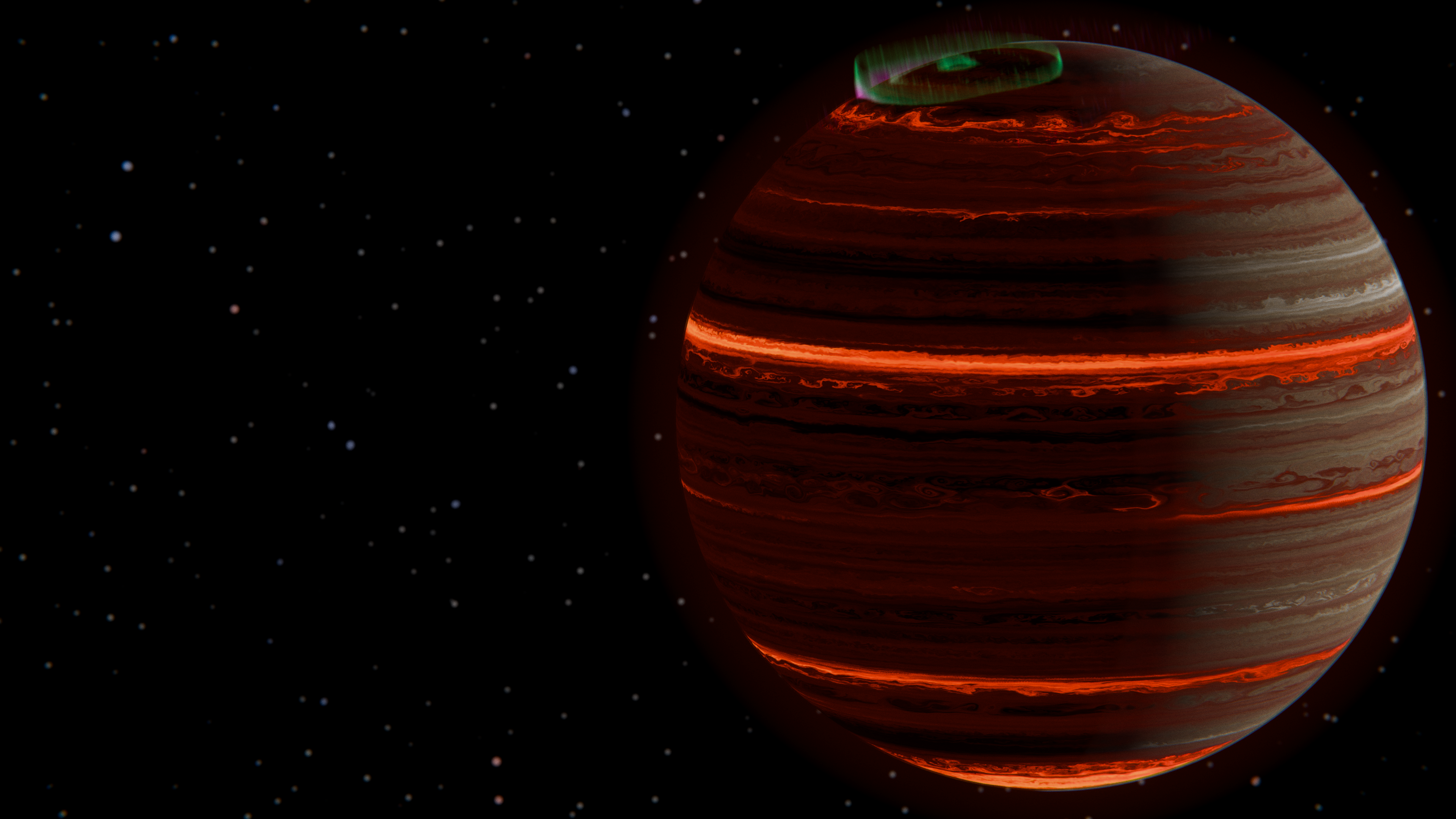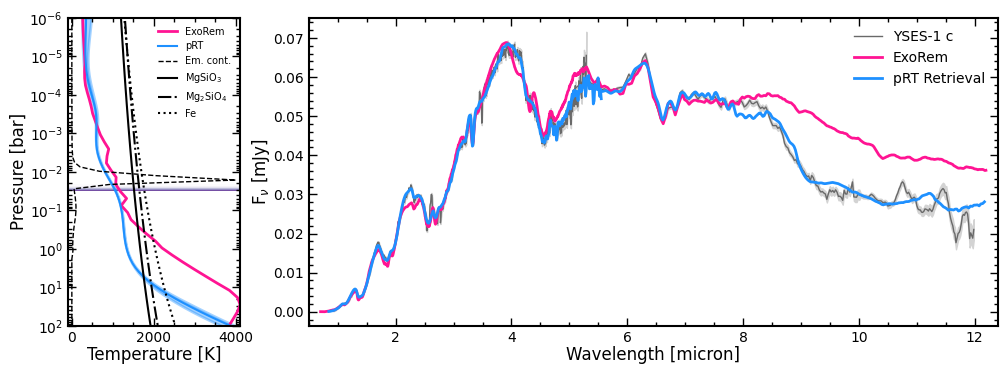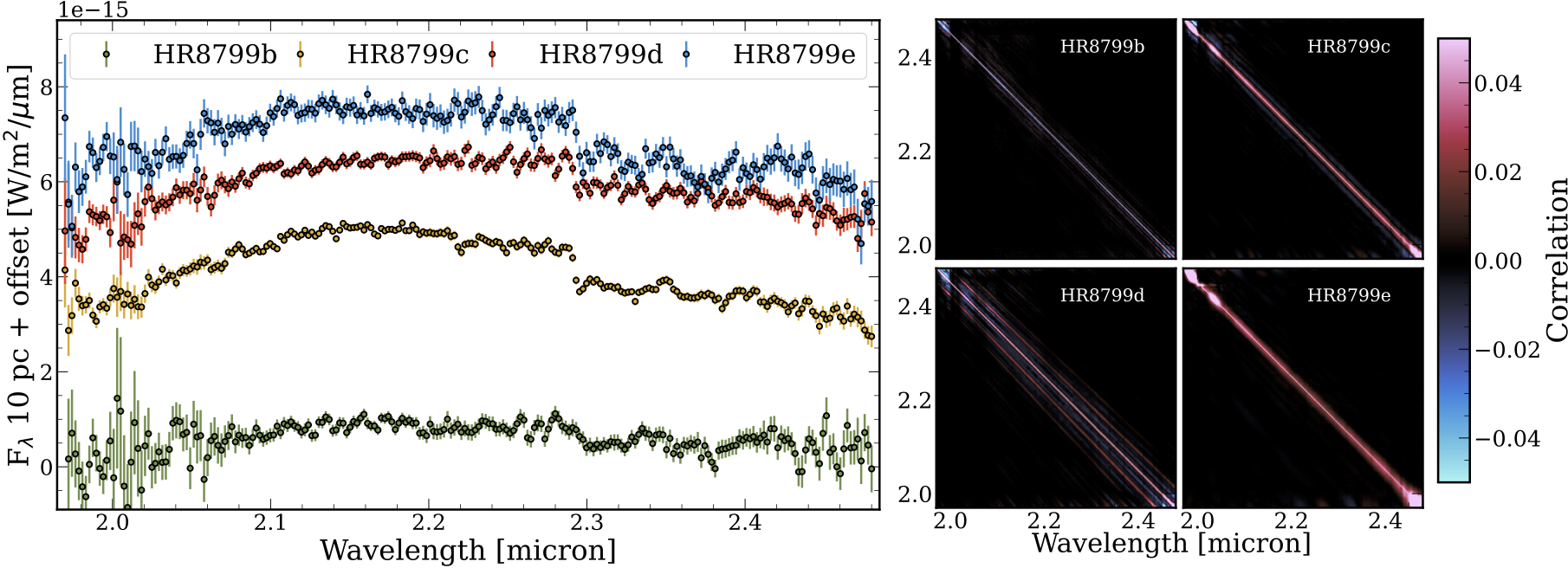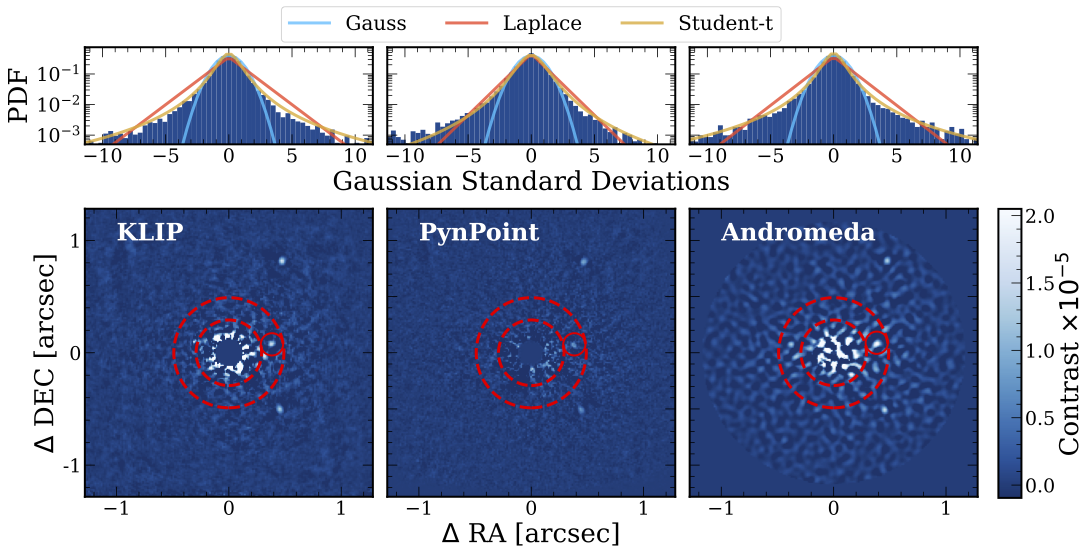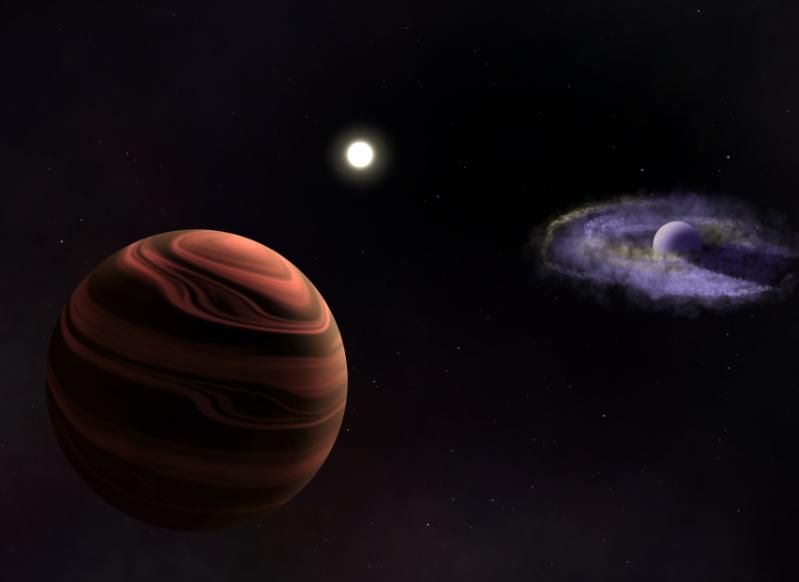Currently working as a postdoc at Trinity College Dublin with Johanna Vos, where I am exploring the weather on distant worlds using JWST.
I'm a co-developer of petitRADTRANS, and am using it to measure how the atmospheres of brown dwarfs and exoplanets change over time.
I am interested in pushing the limits of our models and observations, making use of new tools and methods to develop more efficient models in order to get the most out of our data.
Previously I completed my PhD at the Max Planck Institute for Astronomy, working with Paul Mollière and Laura Kreidberg, where I wrote my thesis on the atmospheric charactisation of directly imaged exoplanets.
As part of the ExoGRAVITY team I used VLTI/GRAVITY in order to determine atmospheric properties and evolutionary history of the HR 8799 system.
After the launch of JWST, I am particularly interested in characterizing atmospheres in the mid-infrared in order to better understand their cloud properties and dynamics.
